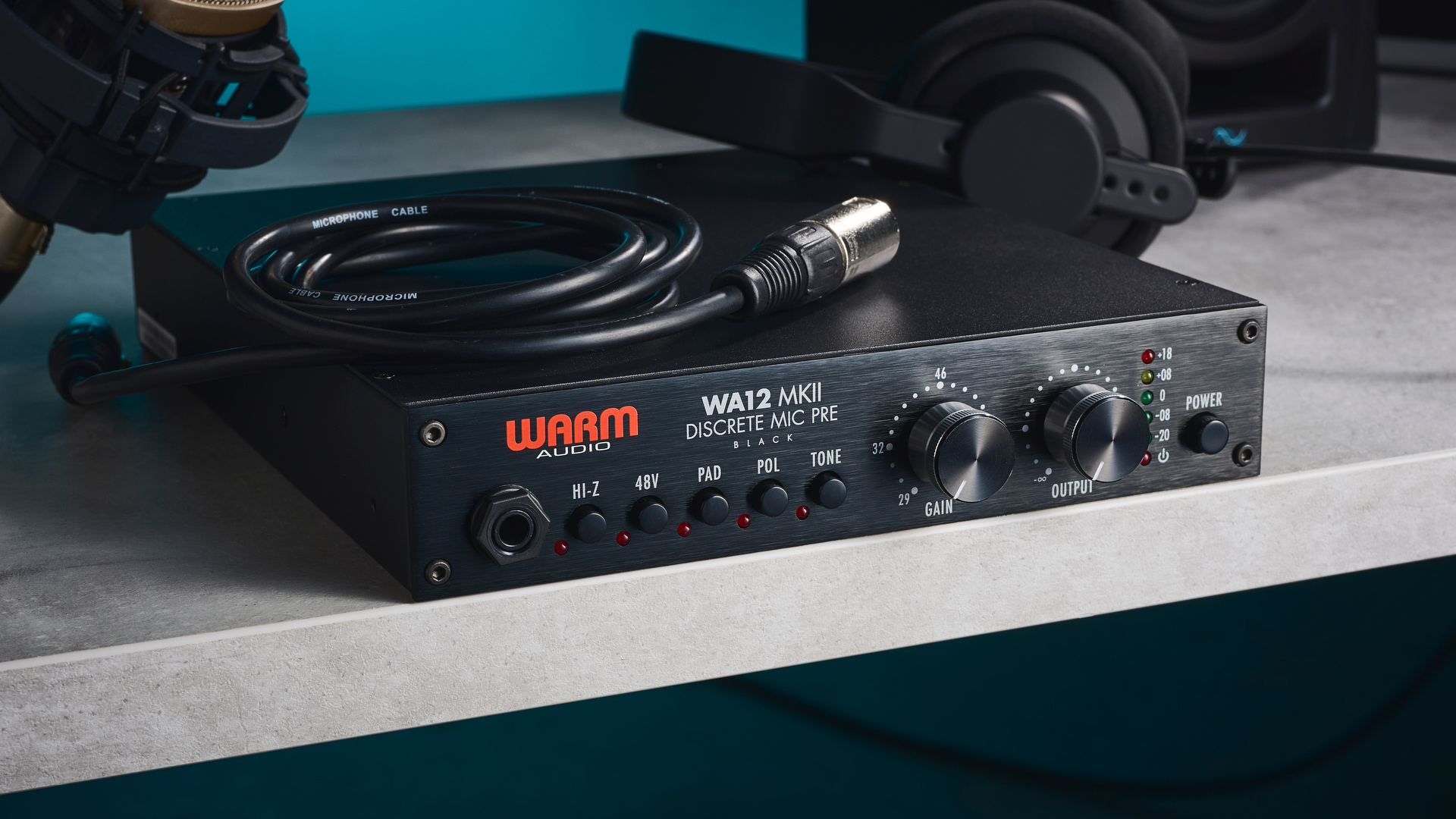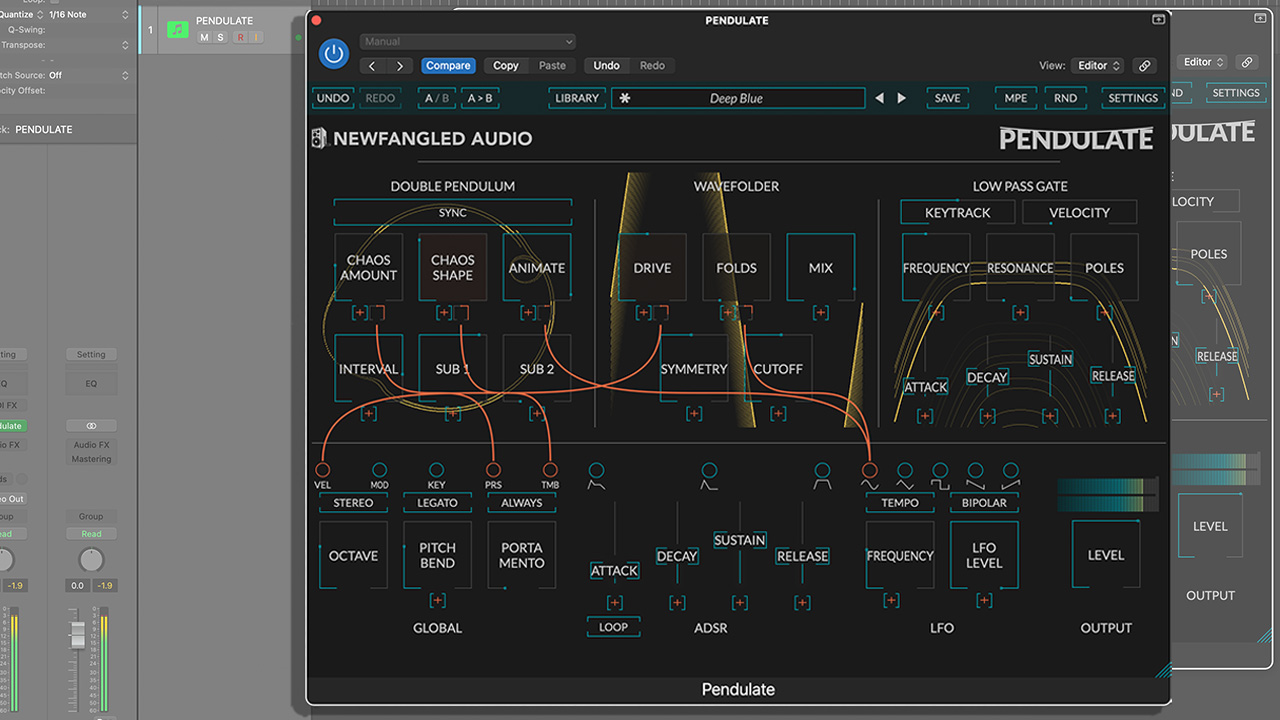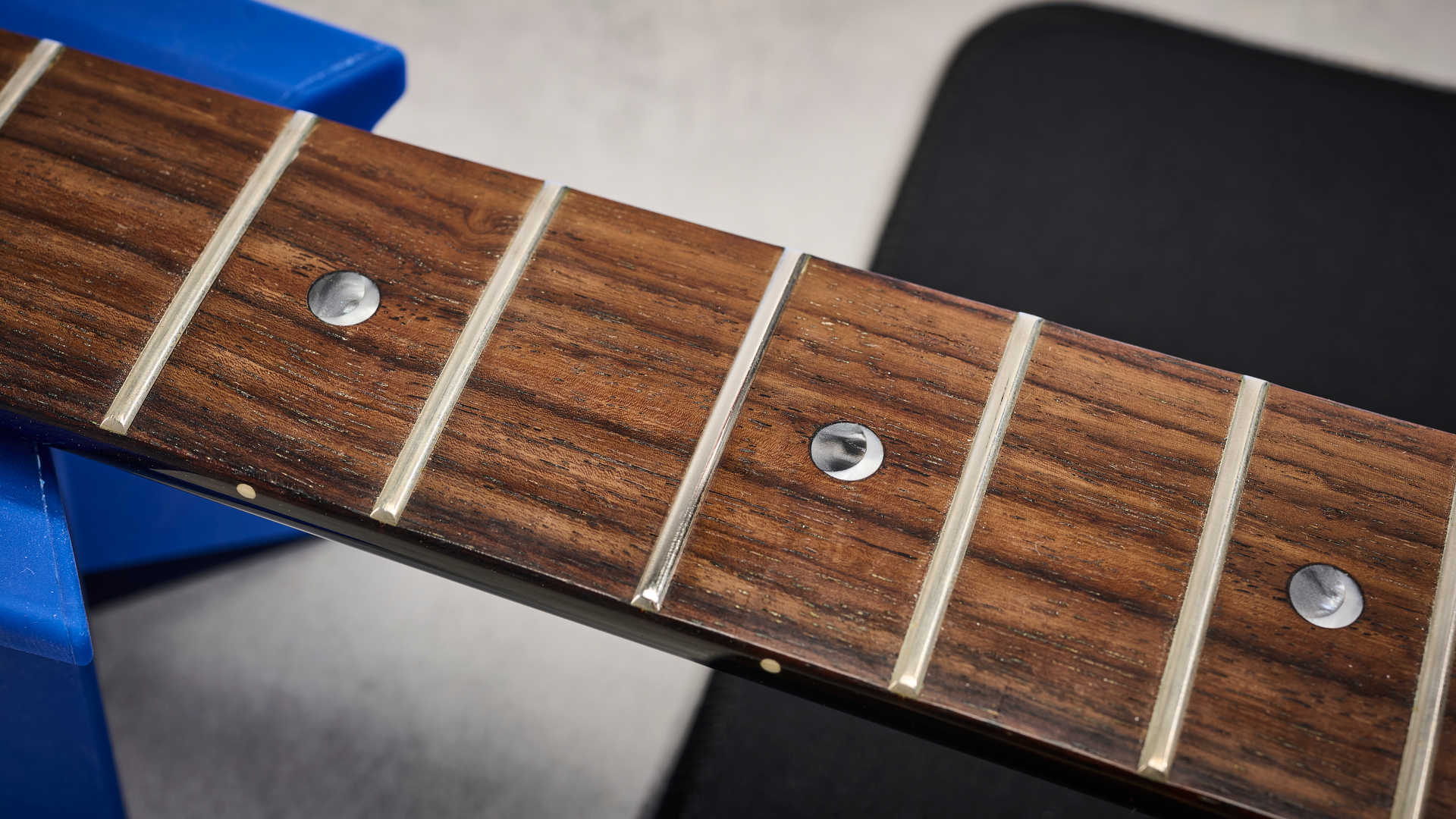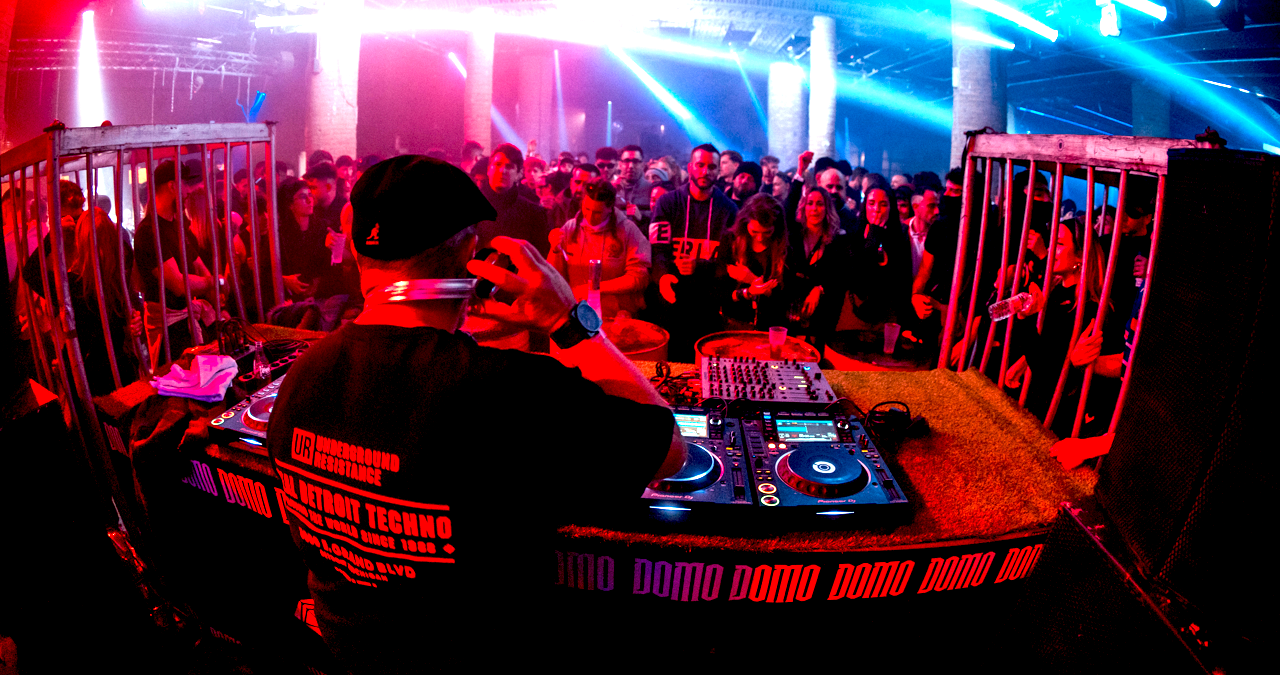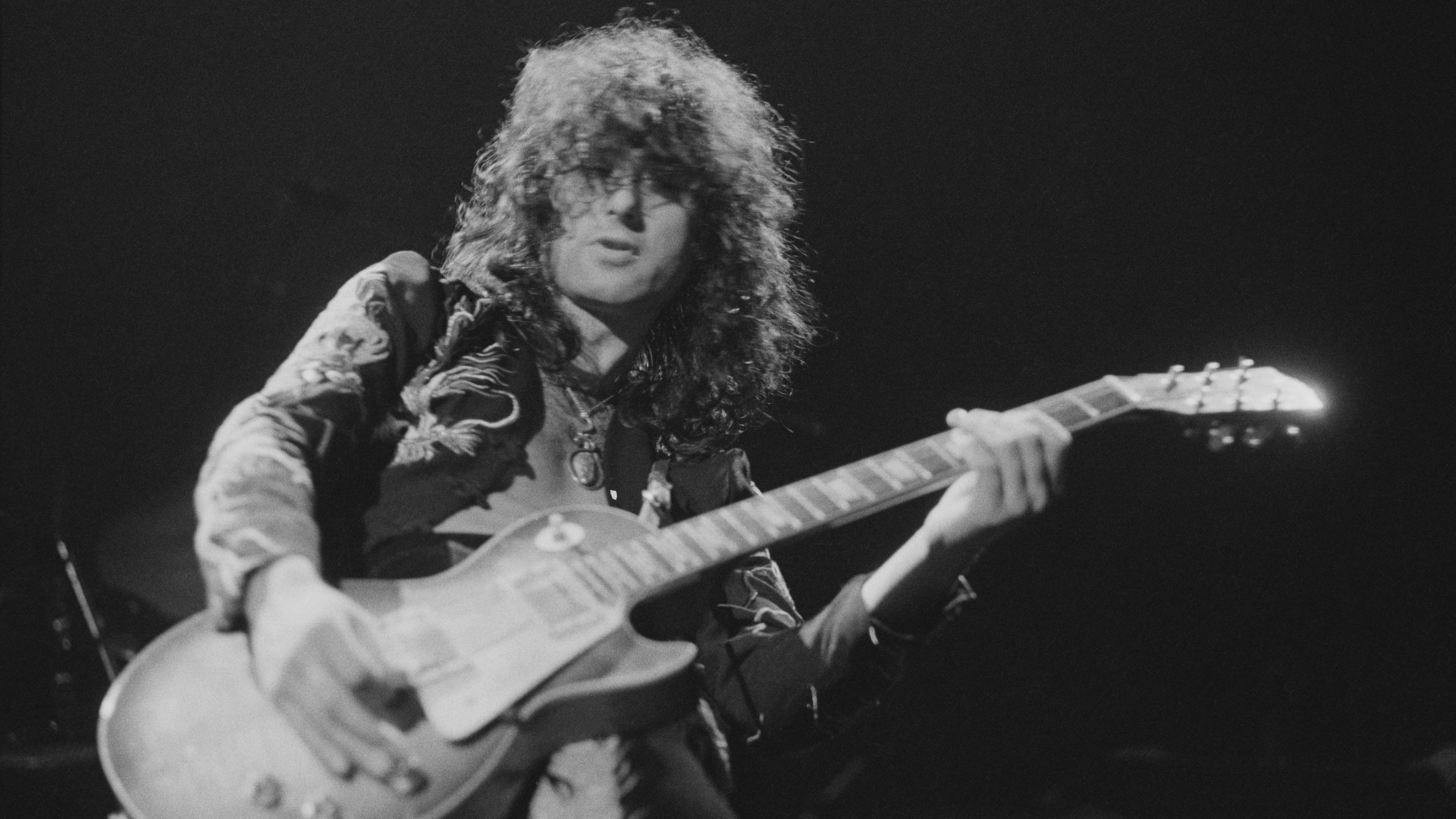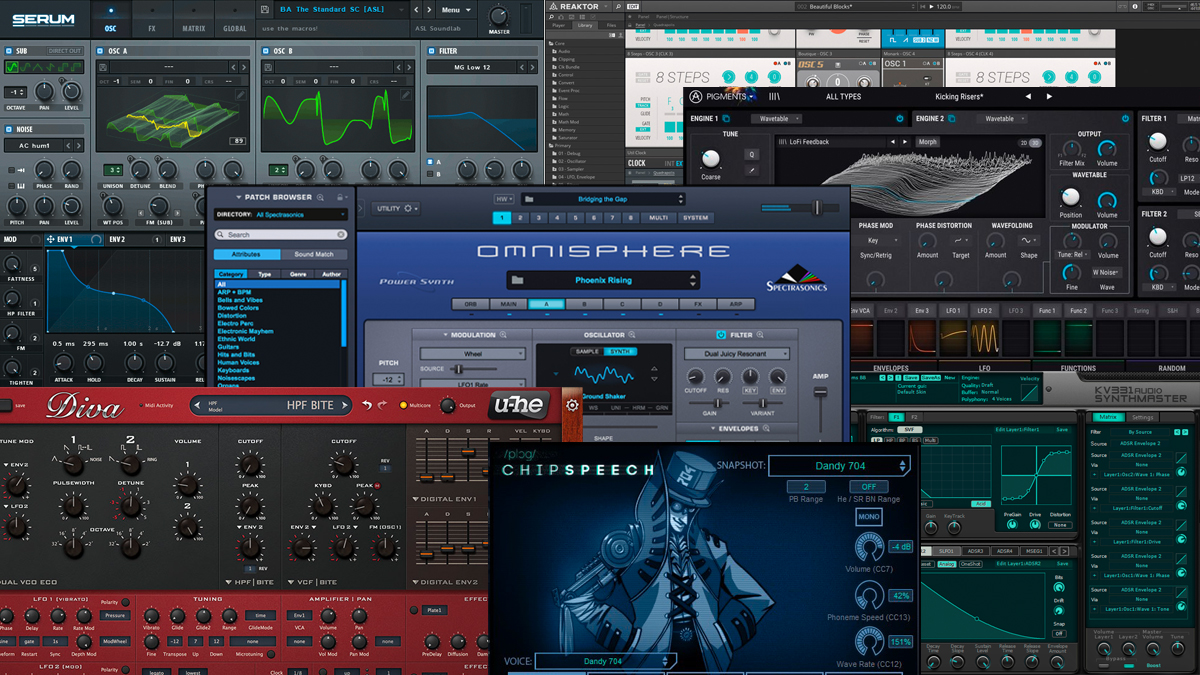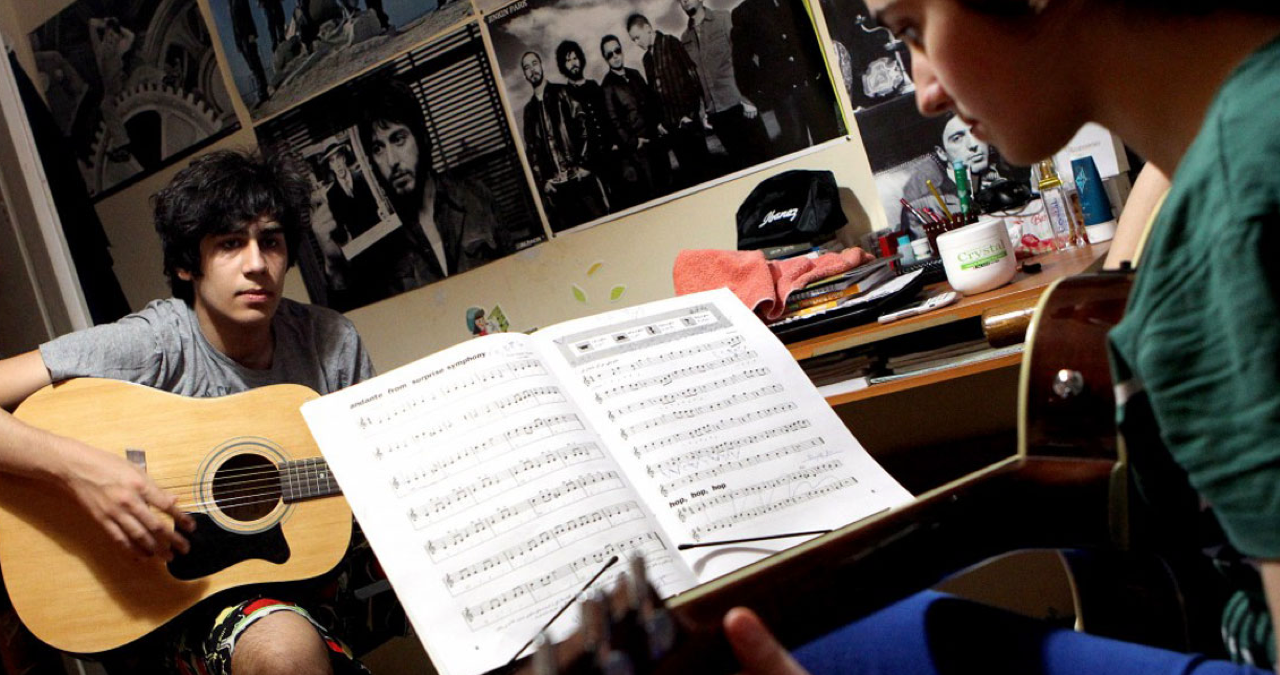"A classic compressor for free on Valentine's Day – it must be love!": Universal Audio is giving away an 1176 plugin as a Valentine's gift - here's how to get it and use it
Forget flowers, chocolates or champagne – give your loved one a free vintage compressor plugin instead! Better still, just get it for yourself…
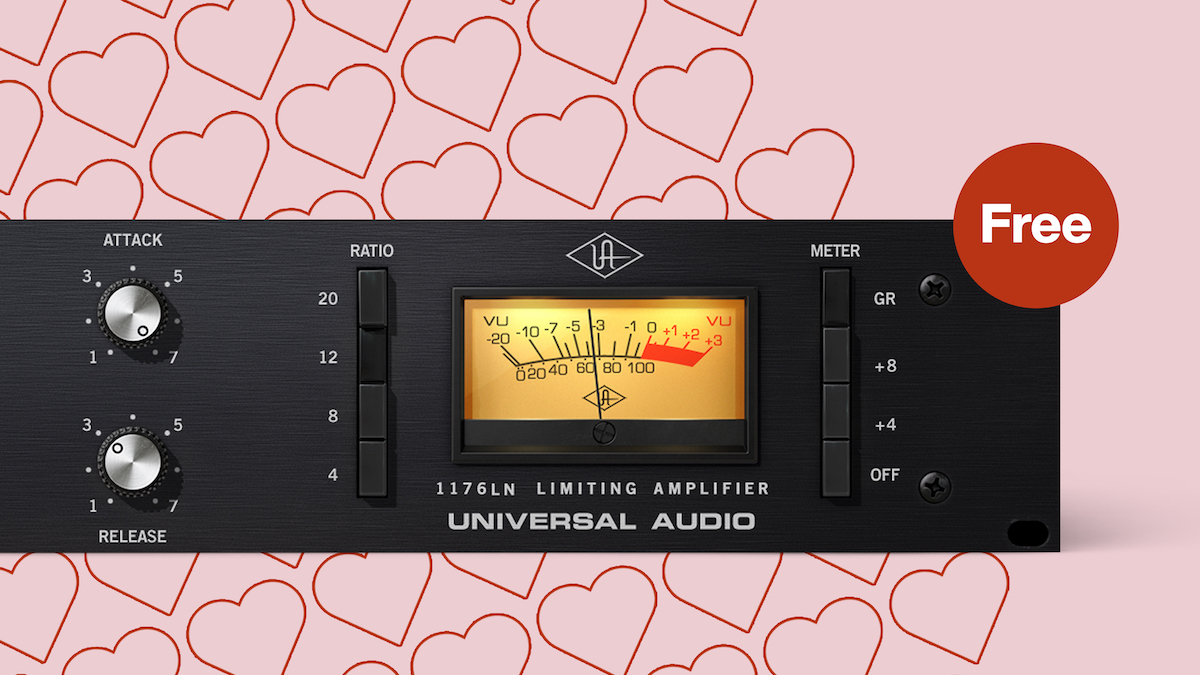
As a special Valentine's gift, Universal Audio is giving away a free version of its classic 1176 peak limiter/compressor plugin. We have all the details here on how to get it and use it in your mixes!
Yes, you might consider roses, chocolates or expensive champagne as your ideal Valentine's gifts, but here at MusicRadar, we'd rather choose free plugins as the ideal gifts for our partners – which might explain why we're single – and there's none better than this special offering from Universal Audio: the mighty UA 1176 for free!
If you haven't experienced the magic of the Universal AudioA/UREI 1176 peak limiter/compressor, then now is most definitely the time. As a special Valentine's gift, Universal Audio is making a version of its plugin 1176 free for a limited time, and we have all the hands-on advice to make the most of this fantastic offer, and get some incredible 1176 magic going in your mixes.
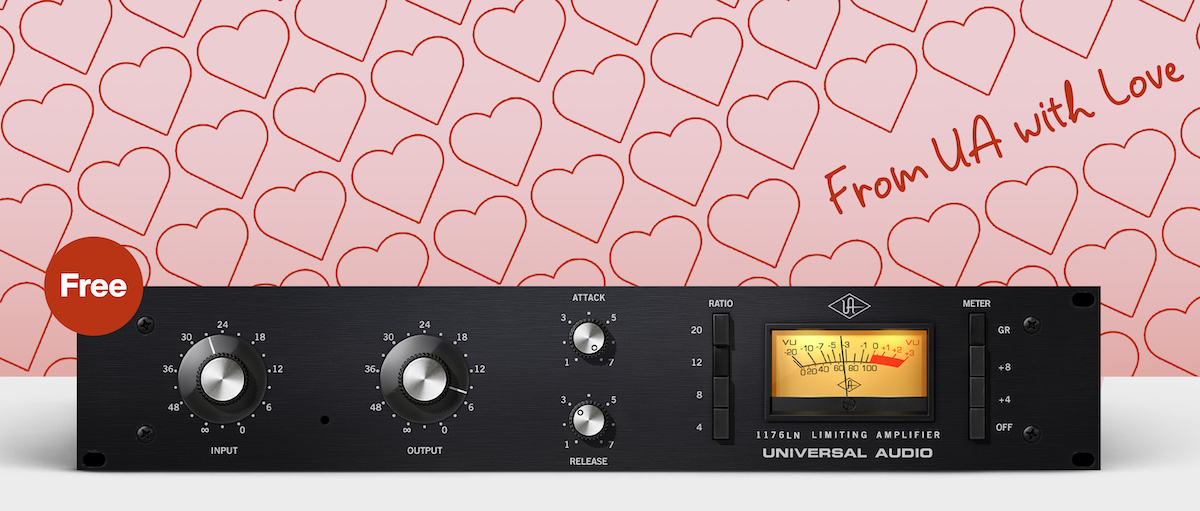
First up, why is the original hardware 1176 so revered? Like a lot of vintage gear this happened almost by accident as the original unit was designed as a workhorse limiter/compressor, with no legendary status in mind. The original unit was released in 1968 by Bill Putnam, an expert in tube-based audio preamps and compressors, who was just discovering the joys of the all-new (for the time) solid-state transistor technology.
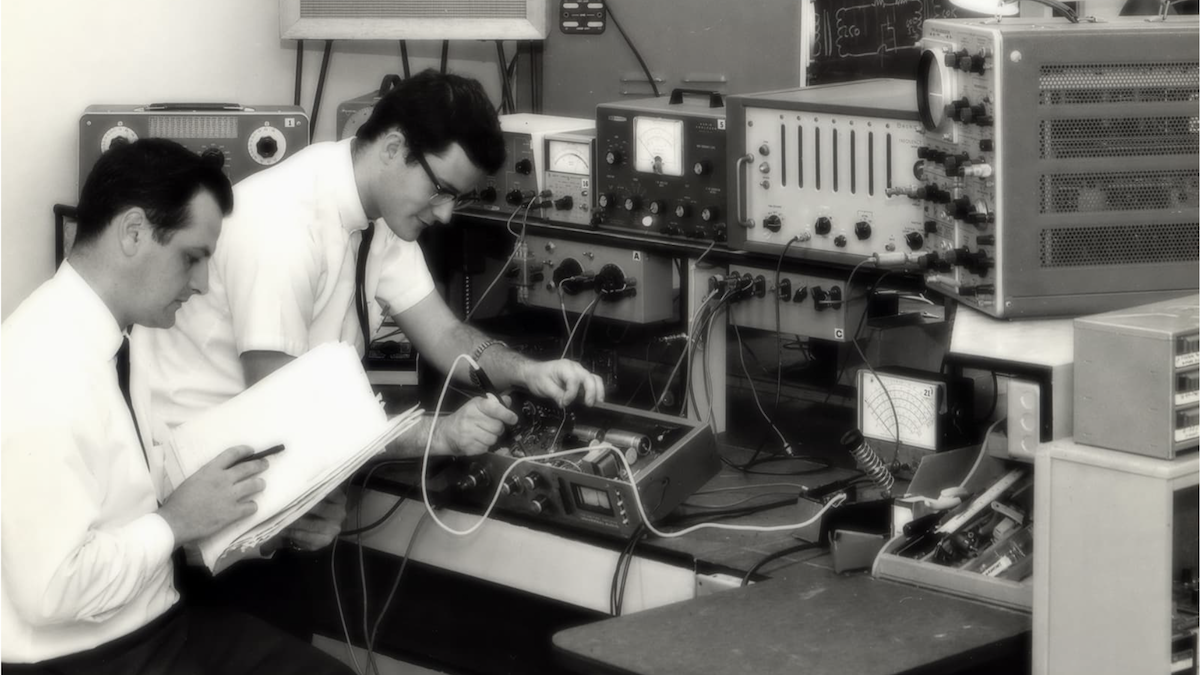
His new 1176 was a solid-state version of his original 175B/176 tube compressor – the '1176' name being a shortened version of the original. Unlike other compressors of the time it was loaded with extras like Attack and Release controls and four compression ratio options: 4;1, 8:1, 12:1 and 20:1.
These became the 1176's most famous feature when engineers discovered that dialling them all in simultaneously resulted in a steep compression and aggressive quality on certain instruments and mixes that became known as The British Sound.
This became one of the 1176's biggest calling cards, along with its fast and aggressive character, and the original hardware quickly became one of the most in-demand studio tools, with many famous users. These included engineer/producer Bruce Swedien who insisted on using 1176s when recording Michael Jackson's vocals for landmark albums like Thriller and Off The Wall, while Andy Johns certainly helped make that 'British sound' by dialling in all the ratio settings for both Led Zeppelin and Free recordings.
Get the MusicRadar Newsletter
Want all the hottest music and gear news, reviews, deals, features and more, direct to your inbox? Sign up here.
Putnam had interests in lots of early audio brands so used both the UREI and Universal Audio names on his gear – along with many others – so the 1176 was blessed with both names throughout its history, which turned out to be a remarkably long one.
There have been 11 versions of the 1176 released since 1968, the first three (A, AB, and B) known as 'Bluestripe thanks to their distinctive coloured facias. Versions C, D, E, F and G were called 'Blackface, with Revision C adding low noise circuitry, hence the '1176LN' name.
The 'Silverface' H was version 9, while Revision 10 is the current Universal Audio 1176LN model, and is used by such luminary producers as Tony Maserati (Beyonce, Alicia, Keys). Version 11 was a very limited edition (500 units) model that UA released the limited edition 1176 AE (Anniversary Edition) which has different ratios: 2:1, 4:1, 8:1, and 20:1; plus a slower attack time setting.

The original 1176 has become one of those legendary pieces of studio history that has an equally legendary price-tag. The latest revision 10 will set you back £3,000/$3.500 for a new unit, but if you want an original, you are going to have to start saving with the earlier the revision meaning the higher price tags. We've seen a Rev B for sale for £16,000/$18,000, while a Rev D is a snip at £7,500/$8,500!
The 1176 in software
Luckily, you don't need to pay top dollar for an original hardware version of the 1176, because you can now enjoy its magic as a plugin, and who better than the original developer's Universal Audio as the team behind it? The company's 1176 Classic Limiter Collection is hands-down the best way to get the 1176 sound into your mixes as it features not one but three versions of the original hardware: the Rev A, E and limited AE.
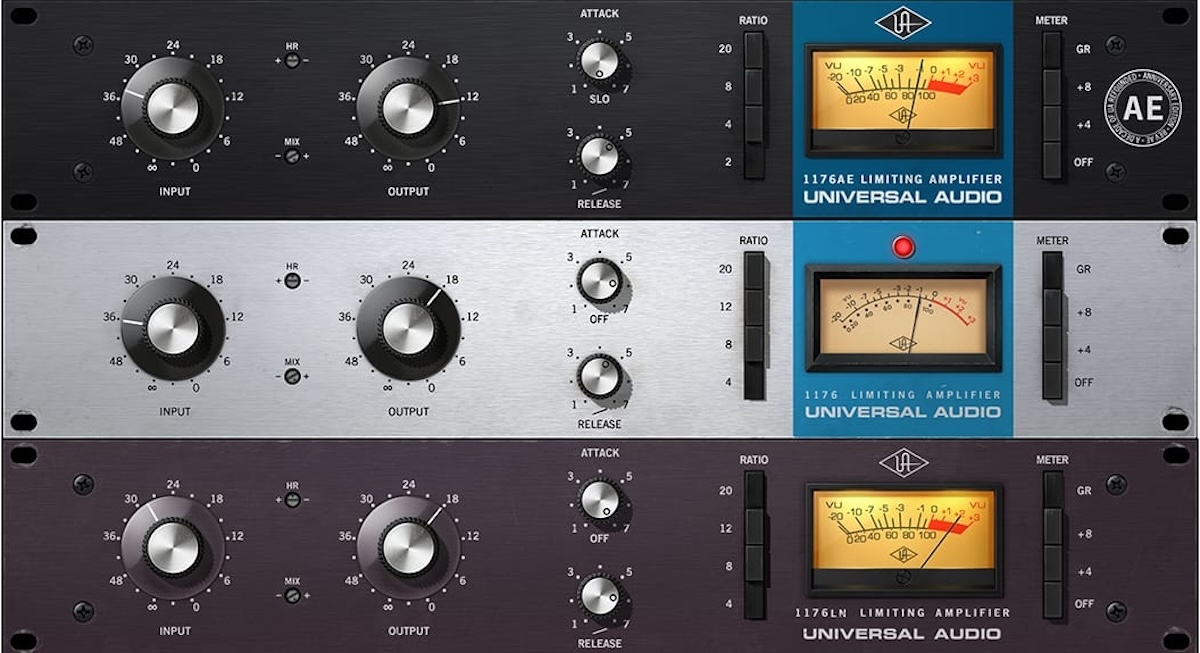
Well, when we say 'hands-down the best', there is – for a limited time only – one better way to get the 1176 sound, and that's with the free Valentine's Day version from Universal Audio. It has all the features of the original hardware and software versions, bar a couple of extras on the Attack and Release dials, which we explain below.
You simply set levels with the Input and Output dials, choose your compression setting, and it's easy to create dramatic or subtle compression effects on anything from beats to vocals.
We're going to show you how to recreate some vintage 1176 magic using this free version now, so head on over to the Universal Audio website and download it, install it and get ready for our tutorials!
Now you have it and, presumably have it installed, it's time to get dial up some 1176 magic.
Tutorial 1: The Dr Pepper Effect

In the 1960s, Dr Pepper ran an ad in the US saying that its drink should be enjoyed at the hours of 10am, 2pm and 4pm to keep yourself nicely topped up with its sugary ingredients. It was a good way of selling drinks but also – and heaven only knows who made the connection – those numbers made up some decent settings for the 1176, which became known as the Dr Pepper trick!
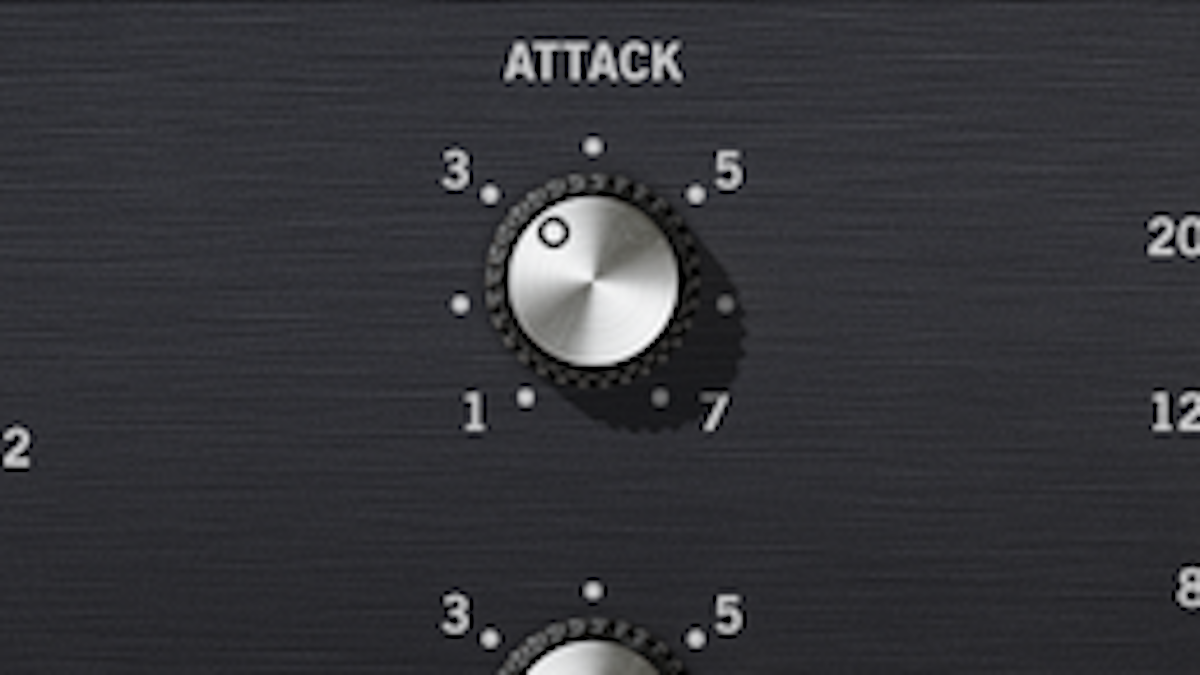
The first thing to note is that the 1176 has reversed Attack and Release controls compared to most other compressors, in that they give you the fastest setting as you dial right. In other words you get the slowest attack and release character dialling them left. With that in mind, set your first Dr Pepper setting at 10 o clock for the Attack dial. That's a value of around 3 on the dial (see above).
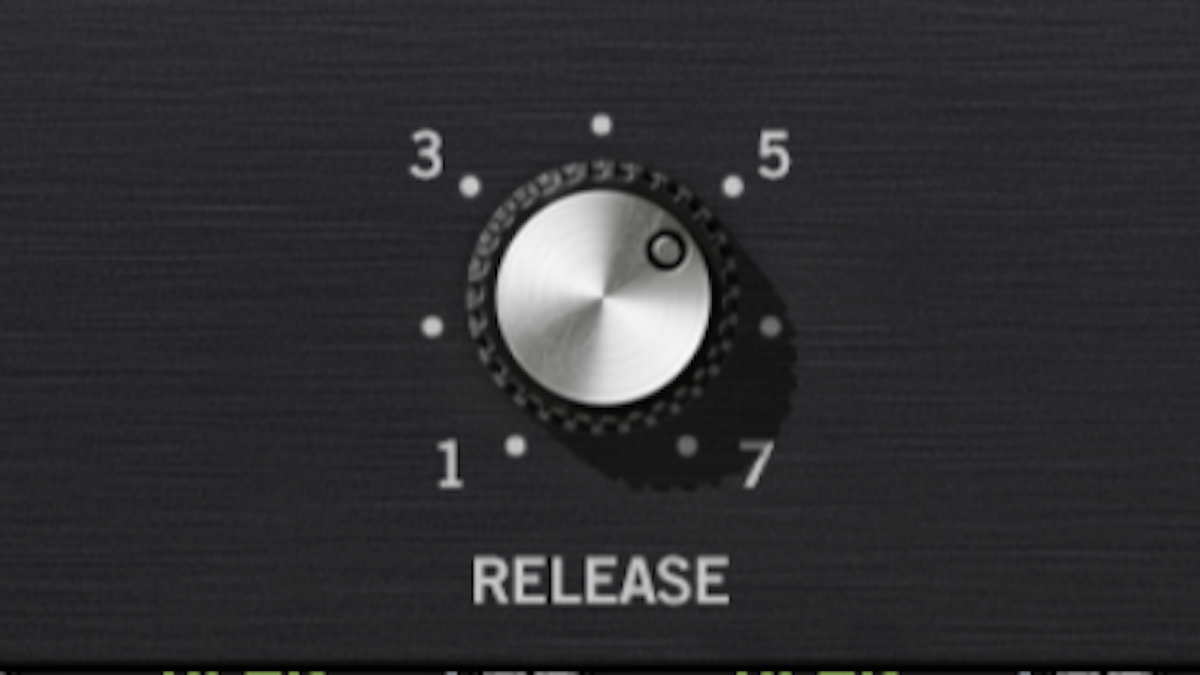
If you have a sugary-pop drink to hand, and it's 2pm your time, now is probably time to take a sip as we enter the second value in our Dr Pepper mode; that's 2pm on the Release dial, around a value of 5.
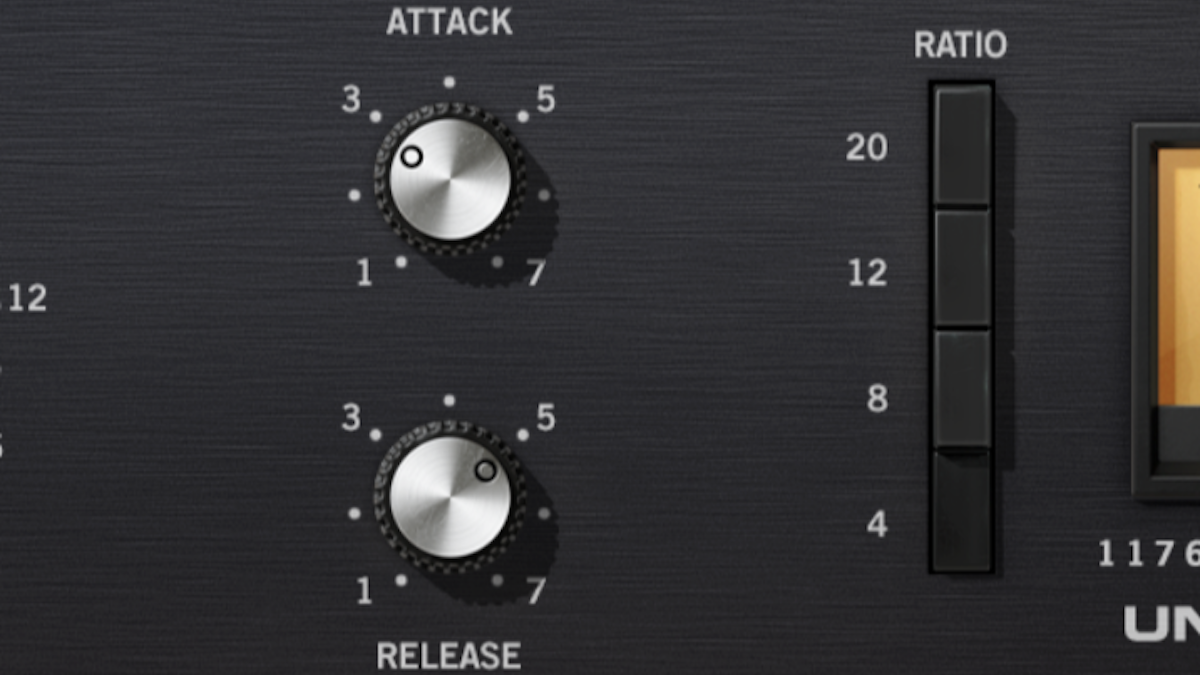
Take a final swig – feels good right? It's 4pm and that final boost of the day comes by way of the 4:1 ratio setting – 4pm, geddit? So we end up with the Attack at 10 o' clock, the Release at 2 o' clock and the Ratio at 4 o' clock.
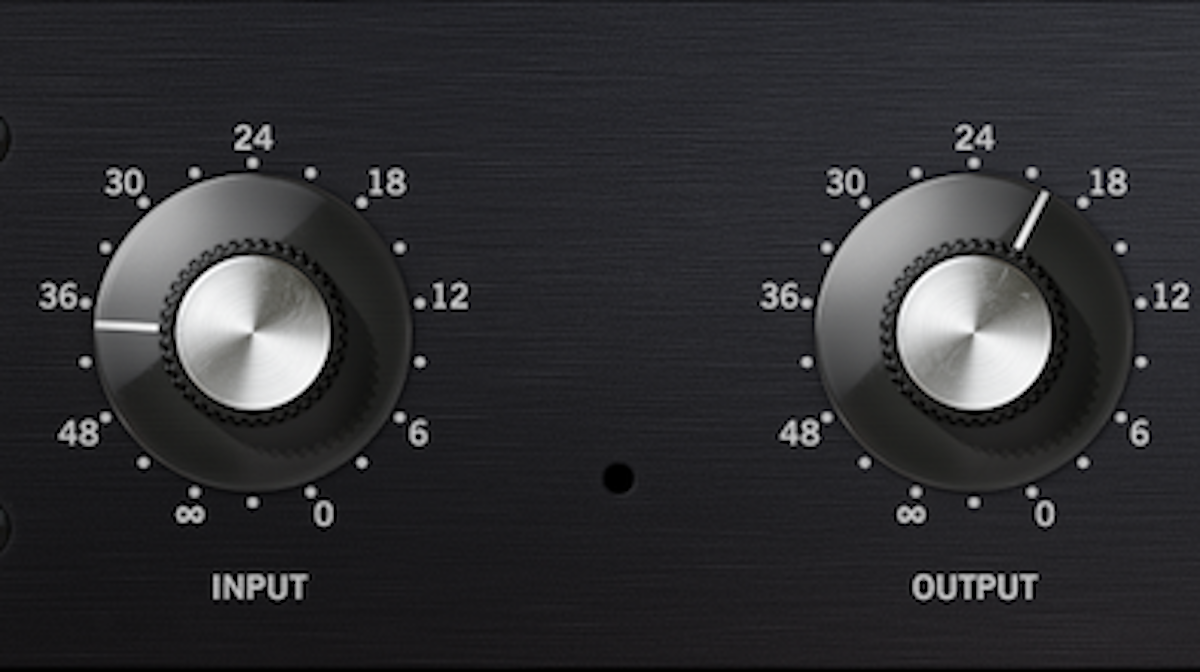
You will have to balance your input and output dials to make sure that the gain settings are equivalent and that you can hear the difference. The end result is that the sound is more aggressive with these settings and it certainly allows instruments like the acoustic guitar and vocals to punch through the mix more, adding top end and ambience.
Tutorial 2: The classic 'All Buttons In' mode

The 'All Buttons In' setting or 'British Mode' on the 1176 was discovered by an engineer who accidentally pressed all the ratio buttons in on an original hardware unit. Clumsy, maybe – and what on earth were they doing? However, the result was worth it, as the end result was a lovely up-front sound. First up, press the 4:1 compression setting.
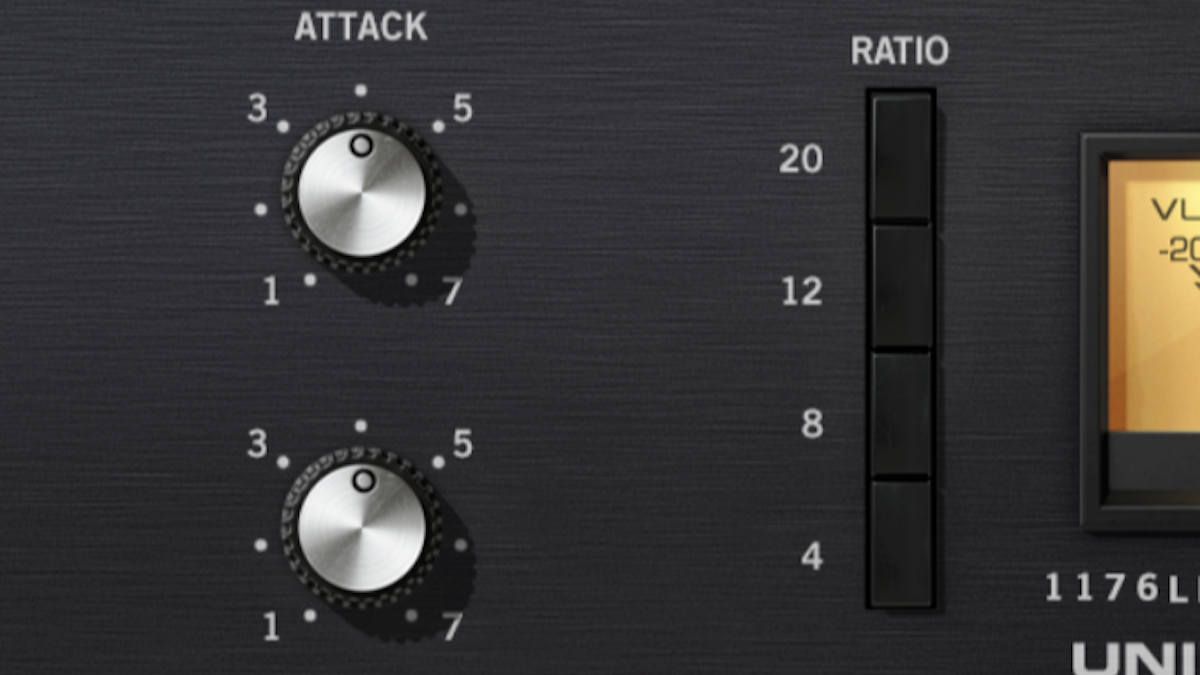
Now press Shift and click on the 20:1 ratio and all of the buttons should go in. Again, you might have to set up the Input and Output dials to keep the gain settings similar, so hear the impact of the 1176 before and after. Keep the Attack and Release dials in the middle to start with.
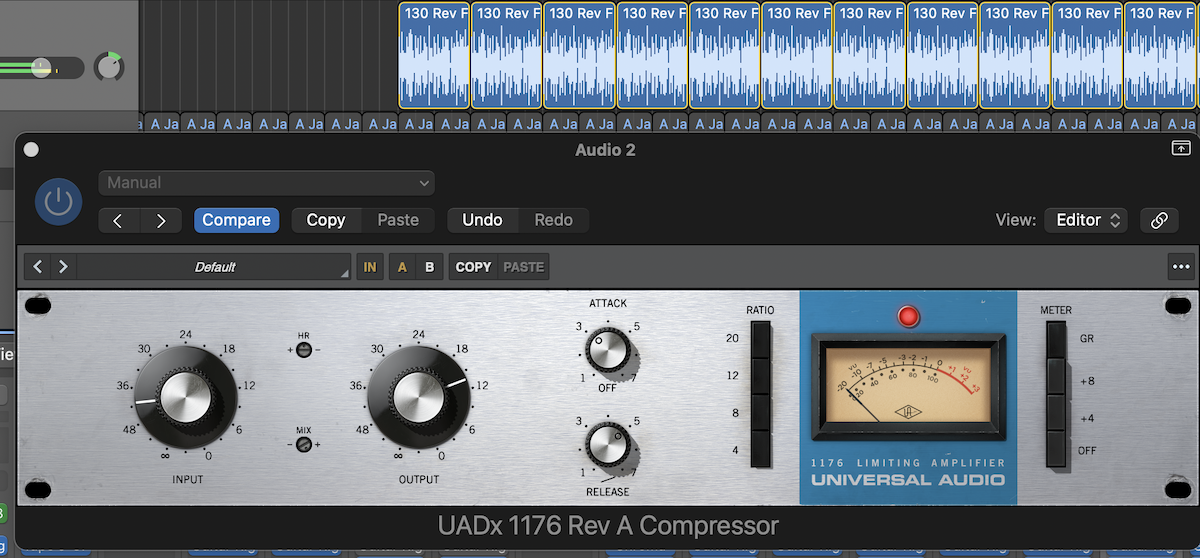
The result is that the overall compression works between 12 and 20:1, depending on your source signal, and the sound is very overdriven. While Dr Pepper adds a bit of bite, this is more of a colourful, pumping sound. On a drum break, for example, it is a 'smearing' effects where the transients become more blurred. Here we have the Rev A version of UA's 1176 with the Dr Pepper Settings.
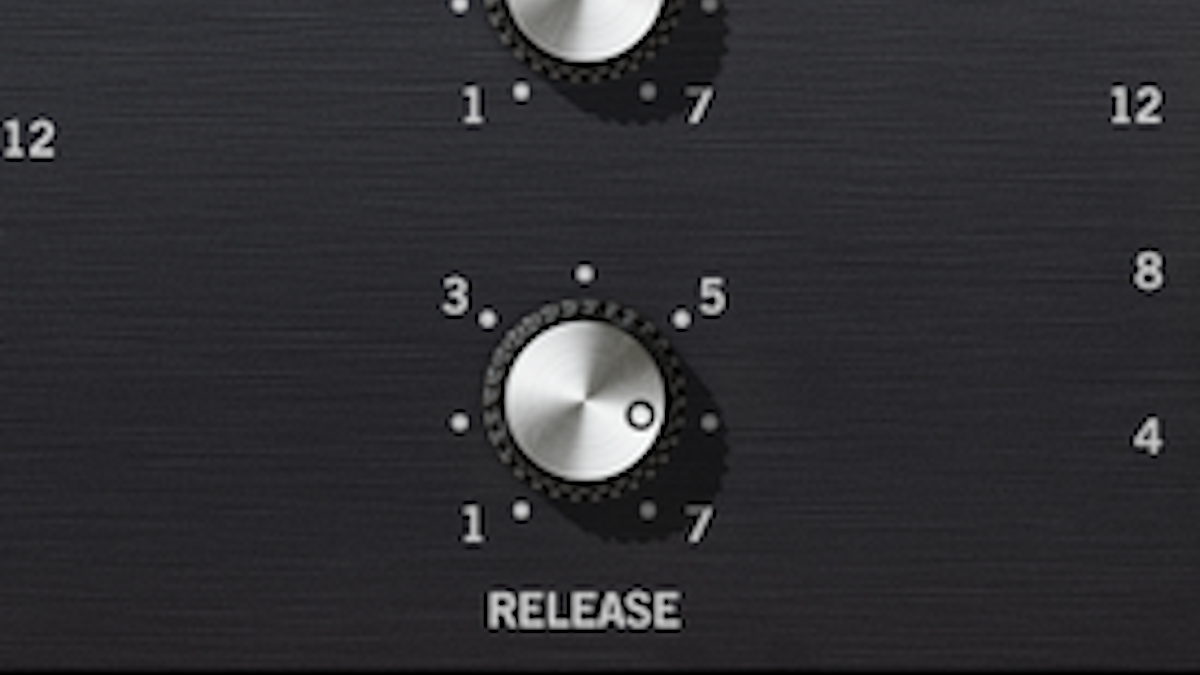
Trying it on a kick and you an even more dramatic pumping effect, but experiment with the Release dial and Input level, in particular, to enhance it. It's a very distinctive effect that can add punch and character to pretty much anything – and is best used as a parallel processor – but is most evident on these percussive sounds.
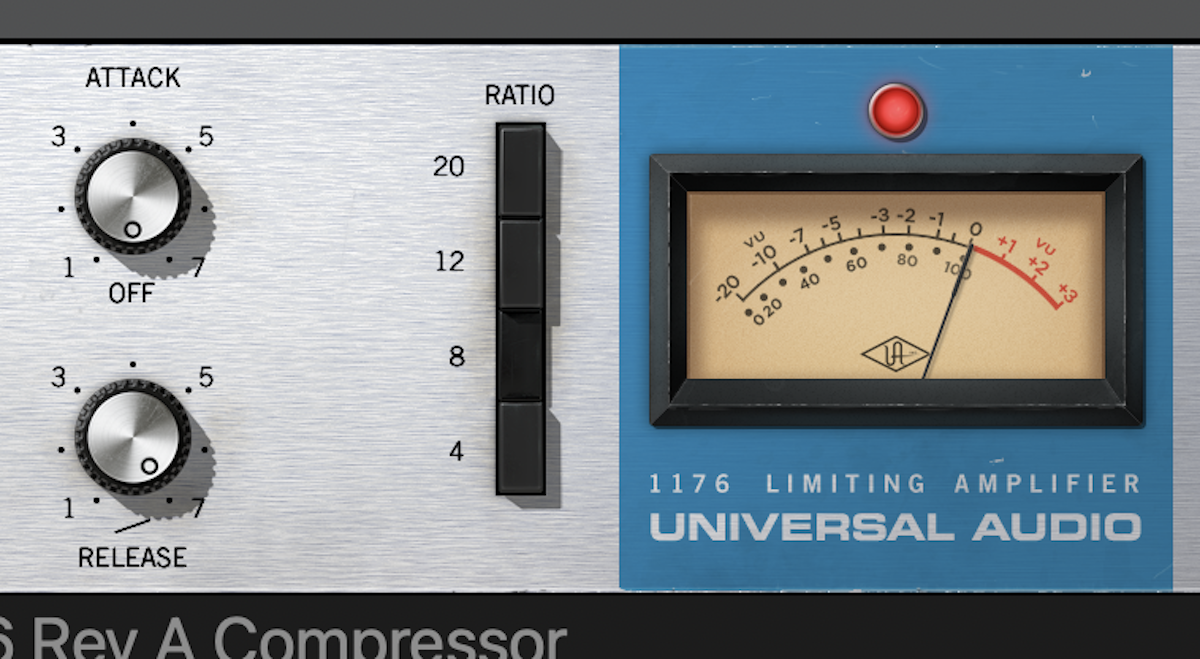
Finally, if you push the Attack dial all the way to the right on an 1176, it is effectively switched off, forcing a ratio of 1:1 and meaning that the 1176 is simply used as a preamp and giving you a little magic colour. An 1176 is well worth trying just for this, although the free version doesn't have this option, so just push the Attack dial as far as you can to the right.
Andy has been writing about music production and technology for 30 years having started out on Music Technology magazine back in 1992. He has edited the magazines Future Music, Keyboard Review, MusicTech and Computer Music, which he helped launch back in 1998. He owns way too many synthesizers.
You must confirm your public display name before commenting
Please logout and then login again, you will then be prompted to enter your display name.
"If I wasn't recording albums every month, multiple albums, and I wasn't playing on everyone's songs, I wouldn't need any of this”: Travis Barker reveals his production tricks and gear in a new studio tour
“My management and agent have always tried to cover my back on the road”: Neil Young just axed premium gig tickets following advice from The Cure’s Robert Smith


